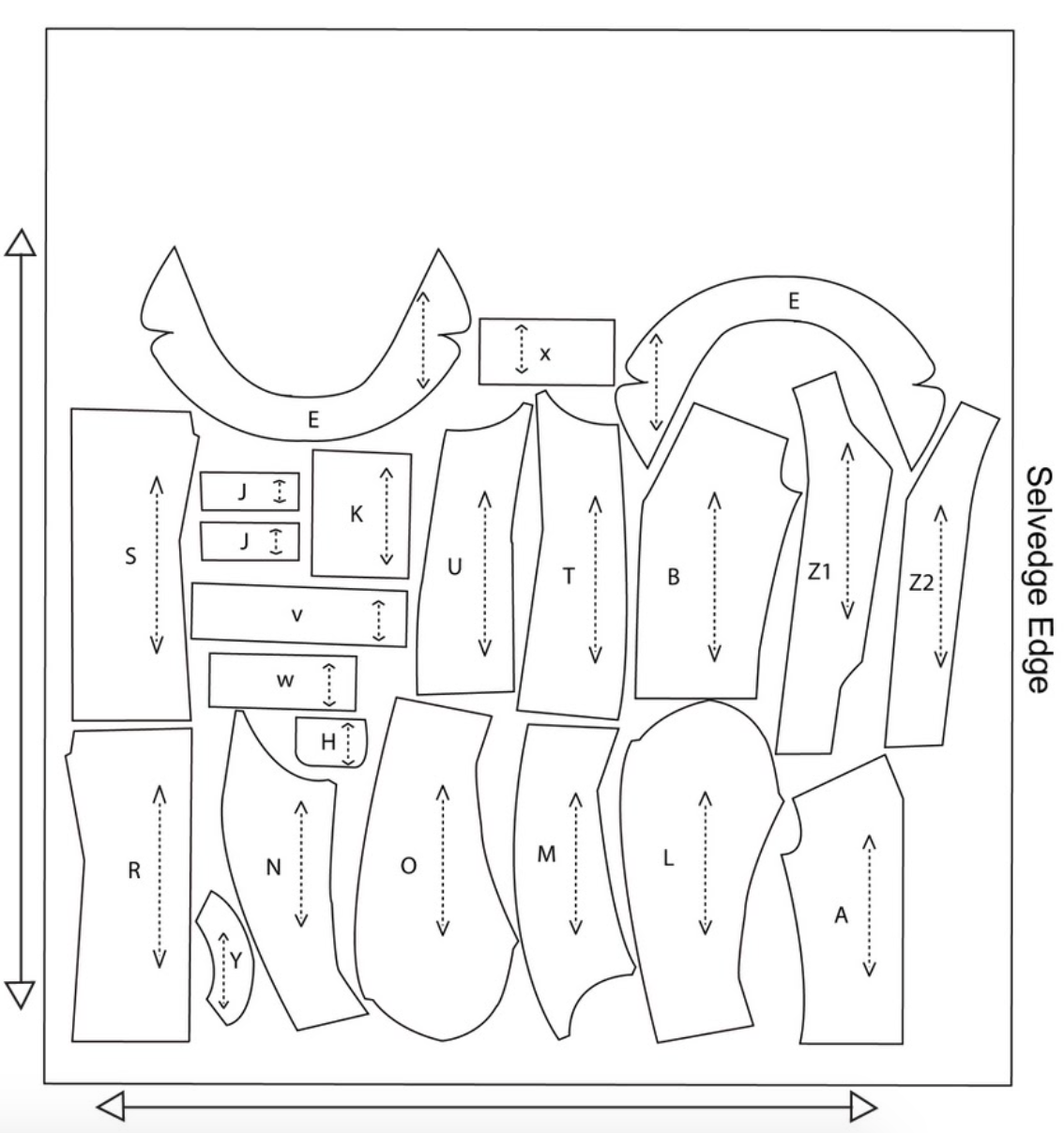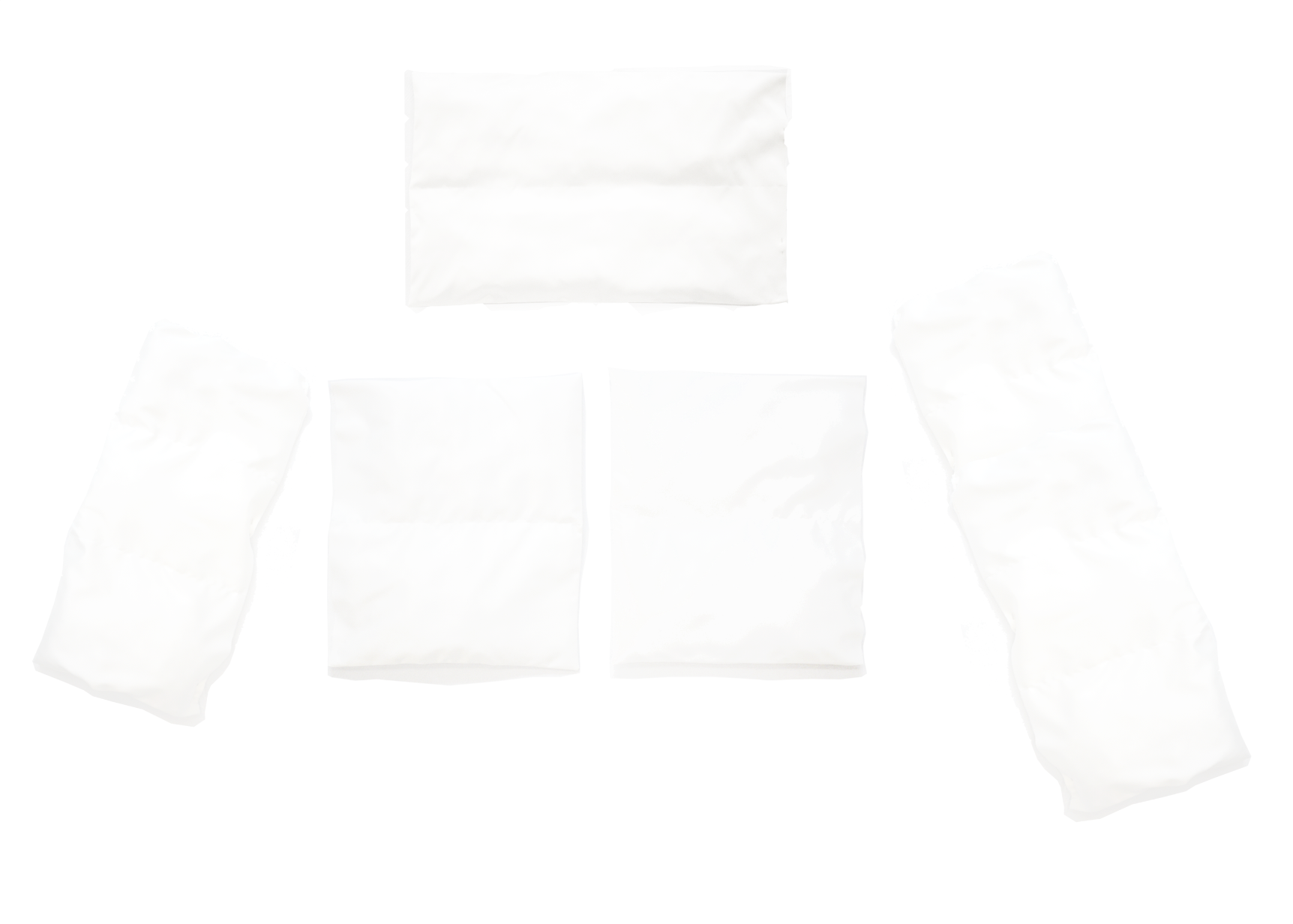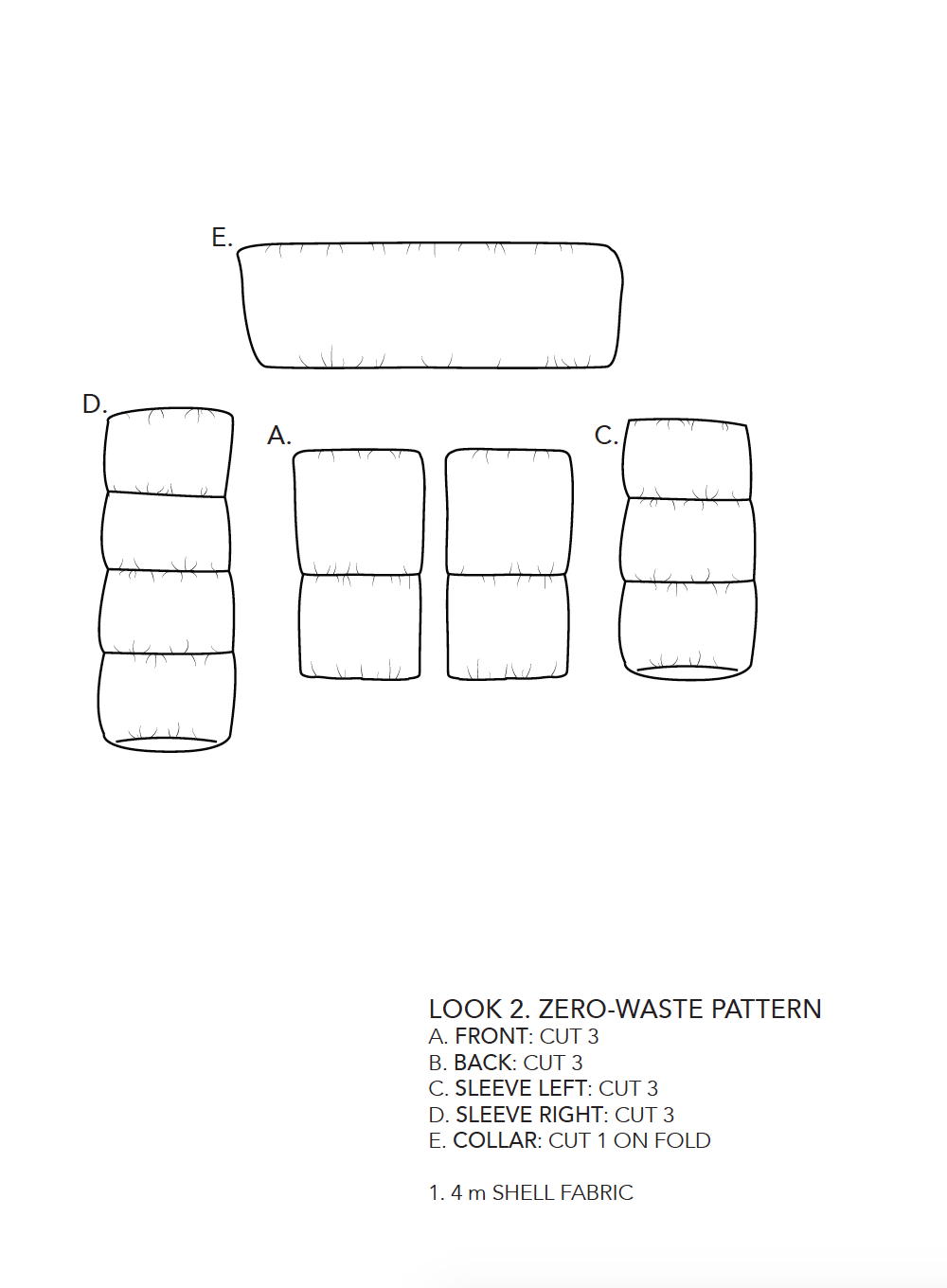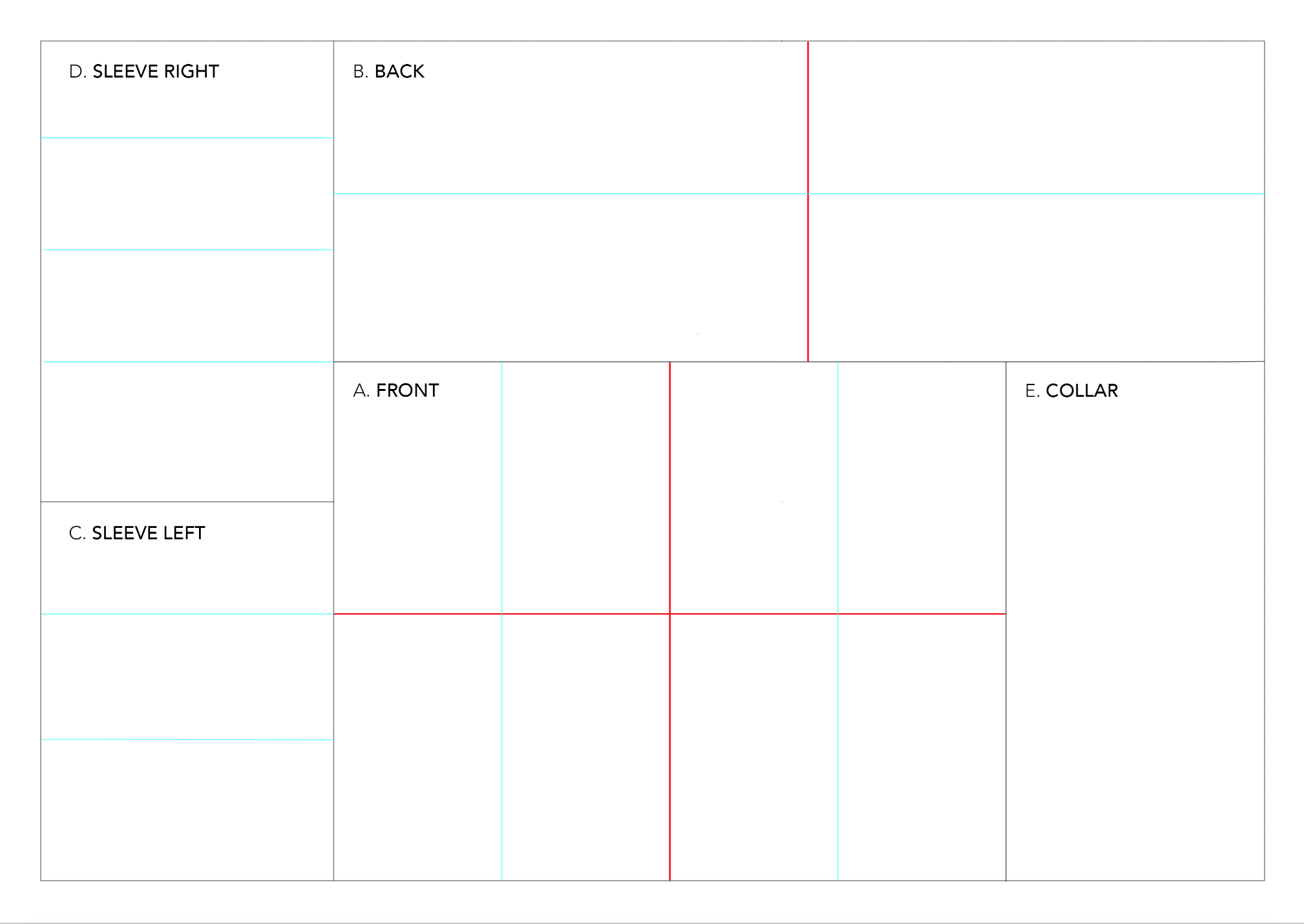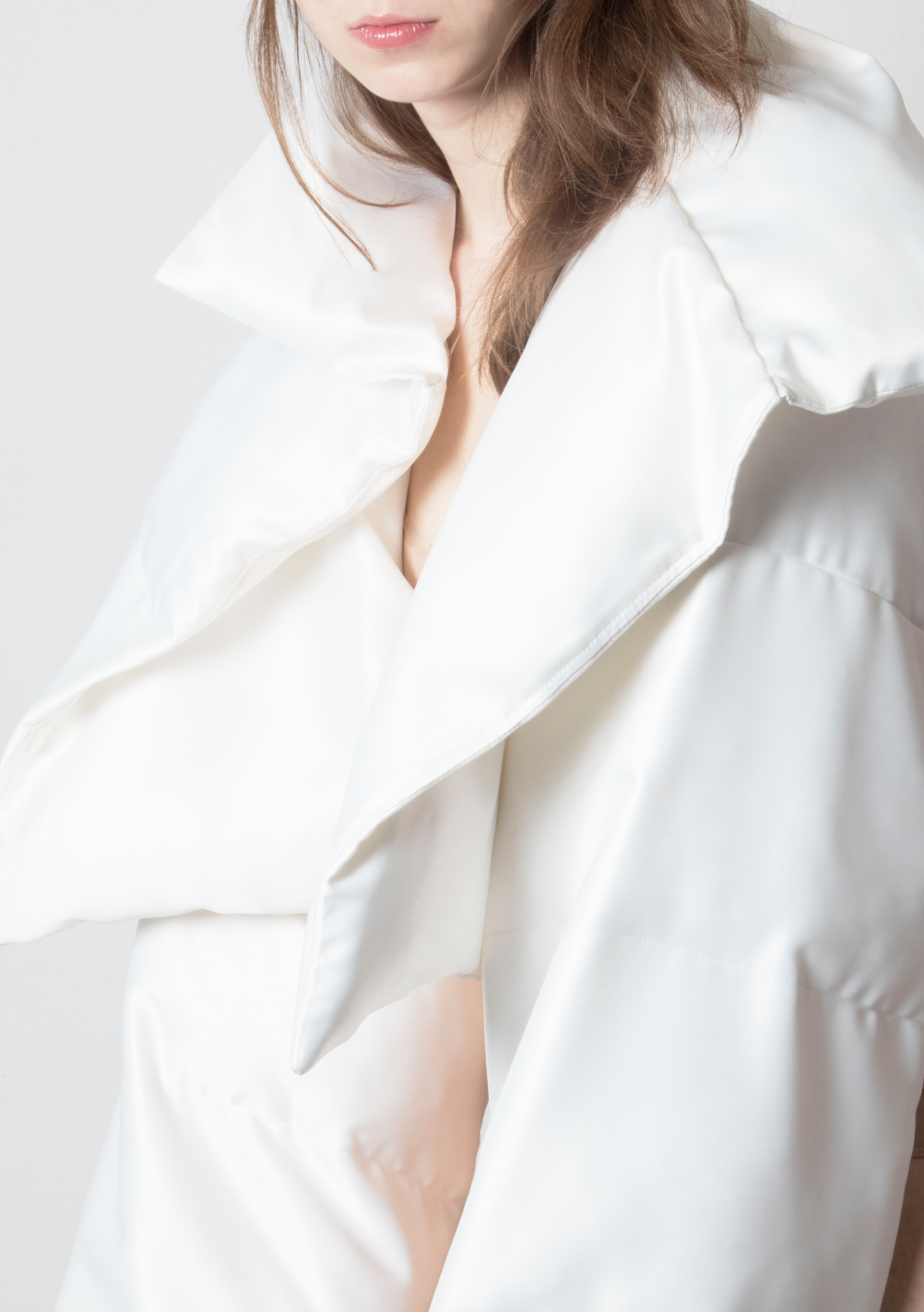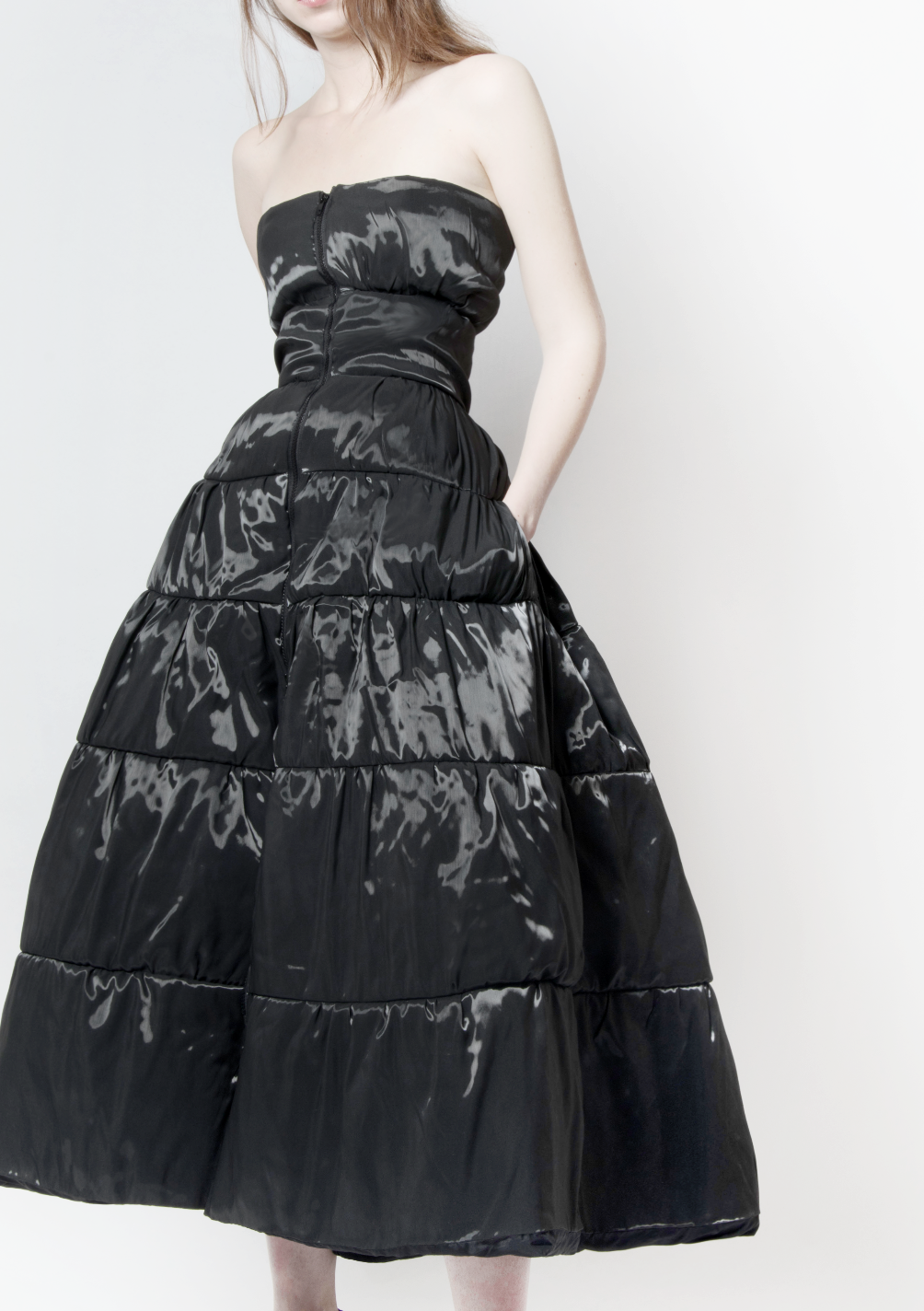SARTORIAL SATIRE
Experimentation acessoires looks
Couture is the contrary to Fast Fashion. Couture is not trend-driven or disposable, it even bears little relation to street wear or to cutting-edge fashion. They are timeless showpieces created by pattern makers and sewers with intricate craftsmanship. In the generation of social media, couture has only been visible on the red carpet to the masses up until only recently. Although being a small sector of the industry, couture has always been the most expensive on the market, the glamour created by couture shows is discussed on the media and inspiring trends. Commercial fashion companies take inspiration from these seasonal designs and manufacture the look-alike garments in a less expensive cost.
“New styles — quickly copied from catwalks or high-end labels are introduced into stores every few weeks, exploiting the consumer desire for novelty.”
The initial inspiration of the thesis project is generated from my previous experience in working at a couture atelier. Seeing the amount of waste that has been produced from designing to production, it has encouraged my role as a designer to envision new sustainable solutions to environmental problems caused by the garment industry. The focus of this collection is to redefine apparel through zero-waste. This is achieved by redeveloping the pattern-making process while incorporating high-end fashion elements to create a durable, timeless, and non-disposable wardrobe for the mass market — as a response towards the current issues that are caused by fast-retailing and mass-production.



